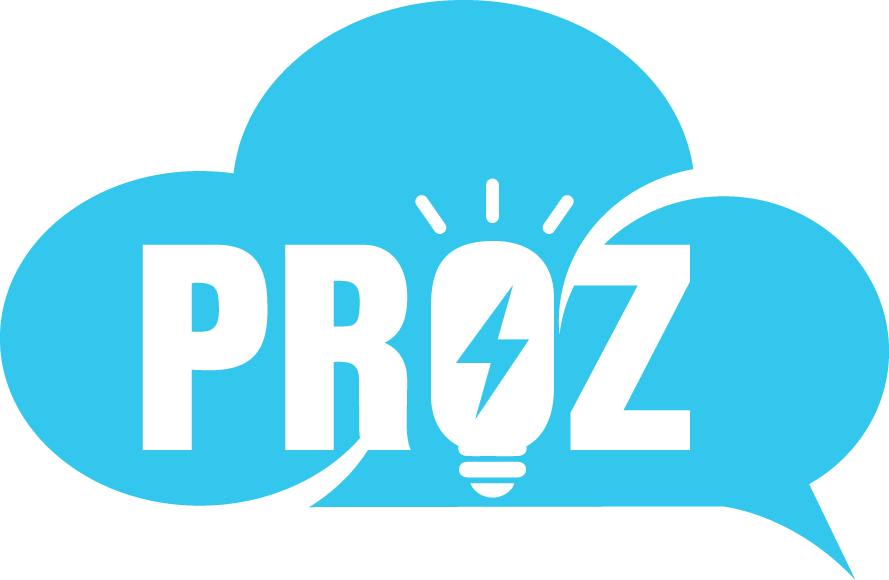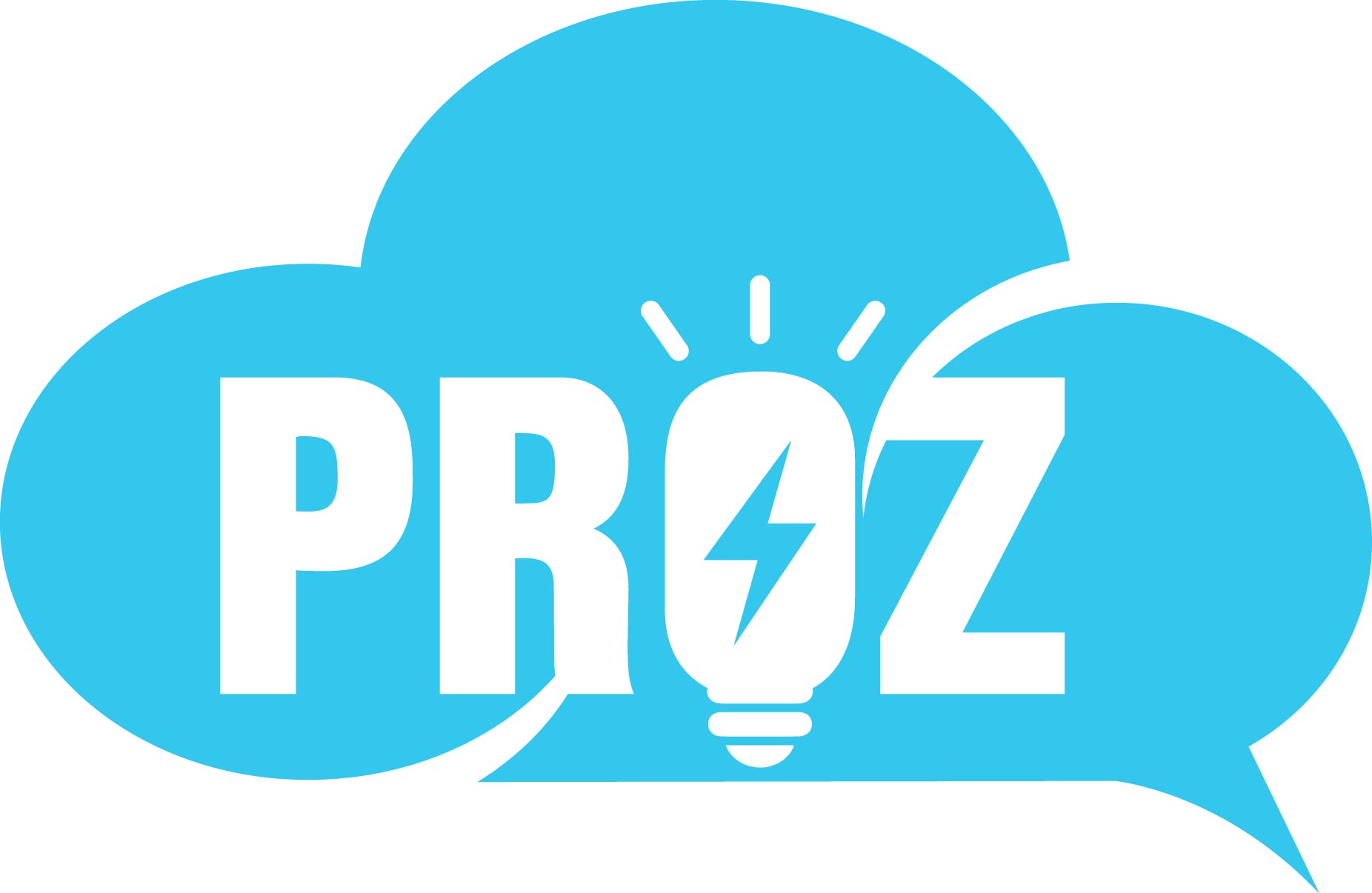Ever scrolled through a website and felt unsure about what to do next? That’s what happens when there’s no clear call to action (CTA). A great CTA isn’t just a button — it’s a gentle nudge that helps customers take the next step, whether that’s signing up or making a purchase.
For your small and medium business (SMB), the right CTA can increase conversions and create stronger connections with your audience. With a few simple tweaks, you can turn interest into action and visitors into loyal customers.
And here’s the exciting part: AI-powered tools make this even easier. Instead of guessing, you can use artificial intelligence (AI) to personalize CTAs, test different versions, predict what works best, and automate improvements. This means better results with less effort and more confidence.
Let’s explore how you can create clear, effective CTAs that help your small business grow.
What we’ll cover:
What is a call to action?
A call to action (CTA) is a short, clear prompt that encourages your audience to take a specific step. Whether it’s making a purchase or learning more about your product, a well-placed prompt helps turn curiosity into action. Without a CTA, potential customers might engage with your content but never take the next step.
CTAs appear across marketing channels — on websites, in emails, in whitepapers and blogs, and within social media posts. You’ve likely seen and clicked on them before. Some common examples include:
- “Start your free trial today” – Encourages users to try a product or service with no commitment.
- “Download your free guide” – Offers valuable content in exchange for an email signup.
- “Get 20% off — Shop now” – Creates urgency with an incentive.
- “Book a personalized demo” – Invites potential customers to see the product in action.
A strong CTA doesn’t just ask for a click — it guides your audience toward something valuable. The best ones feel natural and make it clear what the user gets in return.
Why are CTAs important for your growing small business?
You work hard to get people to your website or scroll through your social posts. But what happens next? Without a clear next step, prospects might leave without signing up or reaching out. A strong CTA makes sure your effort pays off by turning interest into action.
Turn interest into action
People may love what they see on your site or in your emails, but without a clear invitation to take the next step, they might just move on. Adding an action word to your CTA helps your prospect understand what you want them to do next. A simple phrase like “Get started today” or “Claim your offer” gives them the little nudge they need. Your customers shouldn’t have to guess what to do next — you can make it easy for them to move forward.
Help customers find their way
Your website, emails, posts, and ads are all part of the journey your customers take. A well-placed CTA like “Learn more” on an informational page or “Try it free” on a product page guides them in the right direction. When you make the path clear, they’ll feel more confident about taking the next step with your business.
See what’s working and what’s not
Your CTAs give you real insights into what catches attention and what doesn’t. If “Download now” gets more clicks than “Get your guide,” you know which message works best. Testing different CTAs helps you find the right words to connect with your audience. You’re not guessing — AI helps you make smart decisions based on real customer responses and behavior.
Make it easy for people to engage
When a CTA is positioned prominently — such as above the fold or near key decision points — it feels natural and inviting, increasing the likelihood of a click. A well-placed “Book your call” or “Shop the sale” removes hesitation and makes the decision easier. Your customers want solutions — when you guide them clearly, you make it simple for them to take action.
Kickstart your SMB with Starter Suite
Get started with CRM and see results from day one with Starter Suite — the all-in-one suite with the marketing, sales, service, and commerce tools you need to succeed.


How SMBs can set up effective CTAs
Your CTAs should guide your audience toward meaningful actions — no matter what business you’re in. The right approach depends on your content and where your audience engages with it. Here are some of the most effective ways to set up CTAs for your small business.
Create links that guide your audience
A well-placed link can be a powerful CTA, directing your audience to valuable content without disrupting their experience. Instead of leading them to a generic homepage, consider where they will find the most value. A product page can help them explore features; a case study can showcase real-world success, and a tailored resource page can provide in-depth insights.
To make links more engaging, integrate them into active, searchable keywords. Placing links within relevant content, rather than forcing them into unrelated sections, ensures a natural flow that keeps engagement high. (See what we did there?)
For example, instead of writing, “Click here to learn about small business marketing,” you can say, “Discover how small businesses can personalize marketing with AI.” This strategy improves search visibility while keeping the CTA seamless.
Craft buttons that drive engagement and prompt action
In a crowded webpage or email, CTAs in button form capture attention quickly. These clickable elements mimic familiar ecommerce interactions, making them intuitive for users.
Instead of a generic “Click Here,” create buttons that highlight the value of taking action. Phrases like “Start growing today” or “Try it for free” communicate immediate benefits. Pairing buttons with a short, persuasive sentence above them can further clarify what users gain by clicking.
The button’s design also matters — use contrasting colors for visibility and place it where users naturally pause while reading.
Curate audio CTAs for videos and podcasts
As content becomes more interactive, audio CTAs help guide audiences who engage through audio or video formats.
In a product demo video, a clear voice-over can direct viewers to “Sign up for a free trial today” or “Visit our website to learn more.” On a podcast, a host might encourage listeners to “Subscribe for more tips on growing your business” or “Download our free guide on small business marketing.”
Four tips for optimizing your CTAs
Small changes to your CTAs can lead to big improvements in engagement. Whether you’re running email campaigns, social ads, landing pages, or webinar registrations, refining your CTAs help prospects take action using the right tools. Here’s how you can make yours more effective.
1. A/B test different versions
Not all CTAs perform the same way. A/B testing is when you compare two versions of a CTA to see which one gets better results. You can test different wording, button colors, sizes, placements, or even surrounding text. For example, “Sign up now” vs. “Get started for free” could have different impacts on conversion rates.
With Marketing for Small Business, you can track customer responses and refine your CTAs based on real insights. A/B testing can include:
- Text variations: “Try it free” vs. “Start your free trial”
- Button color: Red vs. blue to see which attracts more clicks
- Placement: Top of the page vs. bottom
- Size: A larger button vs. a smaller one
2. Keep CTAs short and direct
Your message should be easy to understand at a glance. A simple “Get started today” or “Try it free” works better than a long sentence like “Click here to sign up for a free trial and explore our features.”
Marketing for Small Business helps make sure your CTAs fit seamlessly into your customer journeys, keeping messages clear and effective. Try these approaches:
- Use action-driven words: “Download now” instead of “Click here to download”
- Avoid unnecessary details: “Join the webinar” is clearer than “Sign up now to attend our upcoming webinar.”
- Be time-sensitive: “Limited-time offer – Claim now” encourages urgency
What can your small business do with marketing automation on
Salesforce CRM?



3. Match CTAs to content type
The right CTA depends on where your audience interacts with it. A blog post might end with “Learn more,” while an email campaign could use “Claim your offer.”
CTA placement matters too:
- Blog posts: End with a CTA, like “Read the full guide” or “Explore more tips”
- Landing pages: Use bold buttons above the fold, like “Sign up now”
- Emails: Use clear buttons like “Get 10% off” instead of plain-text links
- Paid ads: Dynamic CTAs like “Shop now” adjust based on user data from your CRM
If you’re running paid ads, marketing tools for SMBs let you personalize CTAs based on CRM data, ensuring better targeting and engagement.
4. Make CTAs mobile-friendly
Many customers browse on their phones, so your CTAs should be easy to tap. Buttons should be large enough to click without zooming, and forms should be short and simple.
Here’s what mobile-friendly CTAs look like:
- Button size: At least 44×44 pixels for easy tapping
- Spacing: Enough padding around buttons so they’re easy to press
- Form simplicity: Name and email fields only, instead of long sign-up forms
- Sticky CTAs: Floating “Buy Now” or “Subscribe” buttons that stay visible
Using a CRM for SMB makes sure your marketing tools support responsive, mobile-first designs that make engaging with your business effortless, whether on a desktop or a smartphone.
How AI can improve your CTAs
AI helps you create CTAs that connect with your audience at the right moment. Instead of using a one-size-fits-all approach, AI-powered tools fine-tune your messaging based on customer behavior and preferences. This means your CTAs can feel more relevant and natural.
Marketing personalization with AI adapts your CTAs based on each customer’s actions and interests. Instead of showing the same message to everyone, AI tailors CTAs for different segments, increasing the chances of engagement.
Real-time adjustments help your CTAs remain effective no matter how a customer interacts with your business. An AI CRM updates your messaging based on browsing habits, past purchases, clicks, or time spent on a page. It also helps you create the right CTA at the perfect moment, improving conversion rates without constant manual updates.
AI-powered insights go beyond traditional A/B testing by predicting what will work before you even run a campaign. Instead of testing random changes, AI reviews patterns and suggests CTA optimizations that align with customer behavior.
AI continuously evaluates performance, monitors traffic, adjusts wording, and refines placement to maintain engagement. AI marketing tools for SMBs ensure that your CTAs evolve alongside customer behavior, so your messaging stays effective without extra effort..

You’re now a call to action (CTA) pro
See what we did there? Effective CTAs help your audience take, well action, whether through standout buttons or engaging verbal prompts — or just by guiding them in the right direction. By using AI-powered marketing tools, you can personalize messaging and optimize performance to increase engagement. The key is to refine and experiment with your CTAs to align with your audience’s needs at every stage. And, we’ve got you covered.
Start your journey with a free trial of Starter today. Looking for more customization? Explore Pro Suite. Already a Salesforce customer? As you scale, activate Foundations for free to unlock even more capabilities with Agentforce.
AI supported the writers and editors who created this article.











